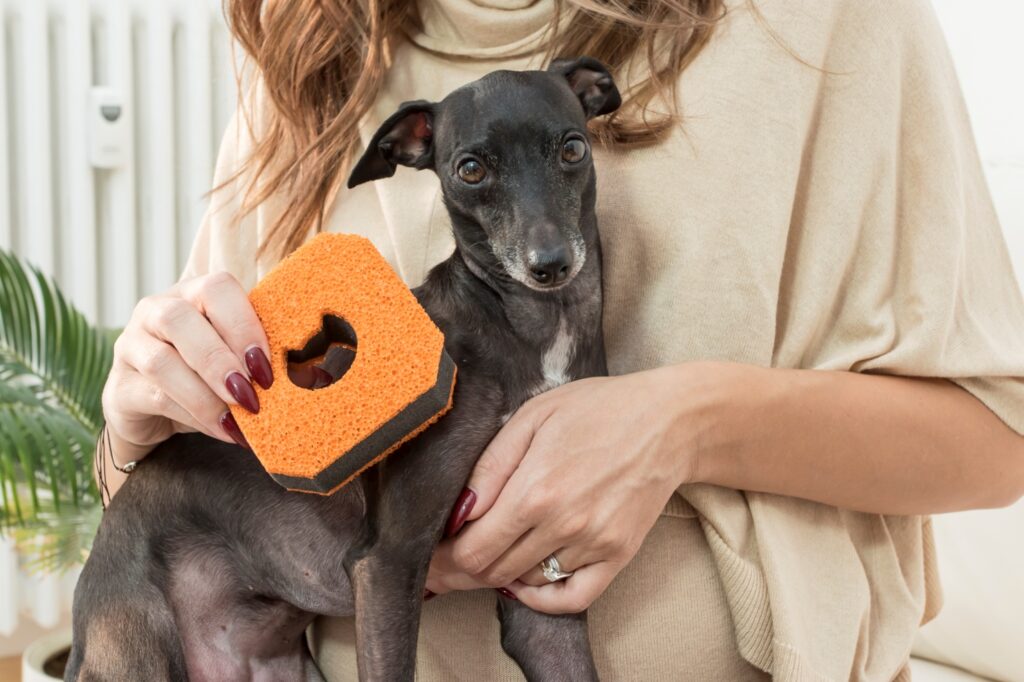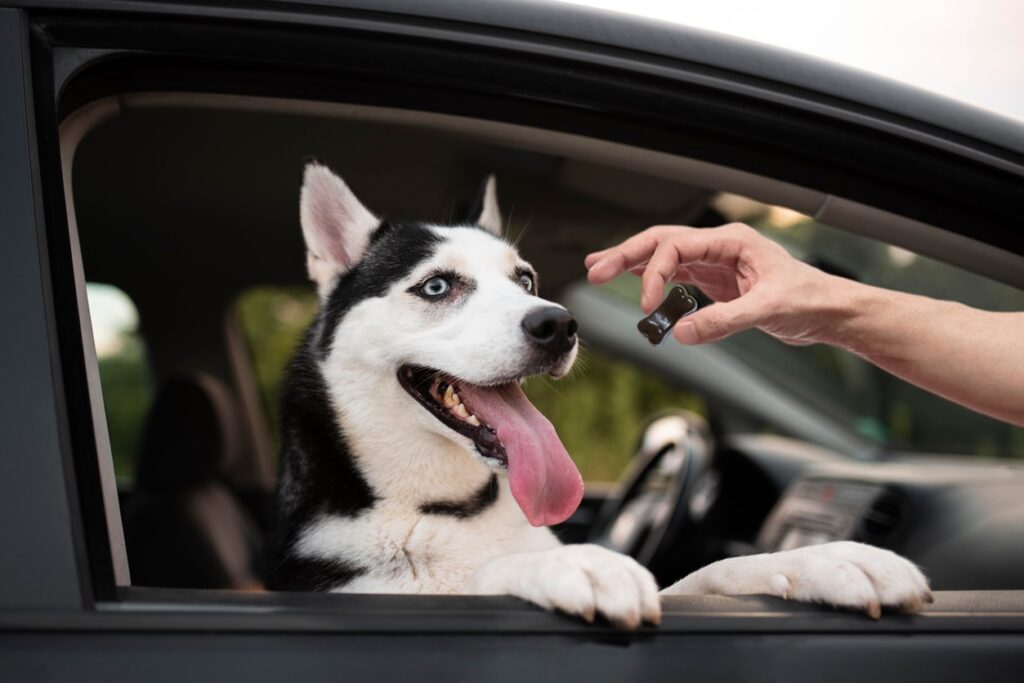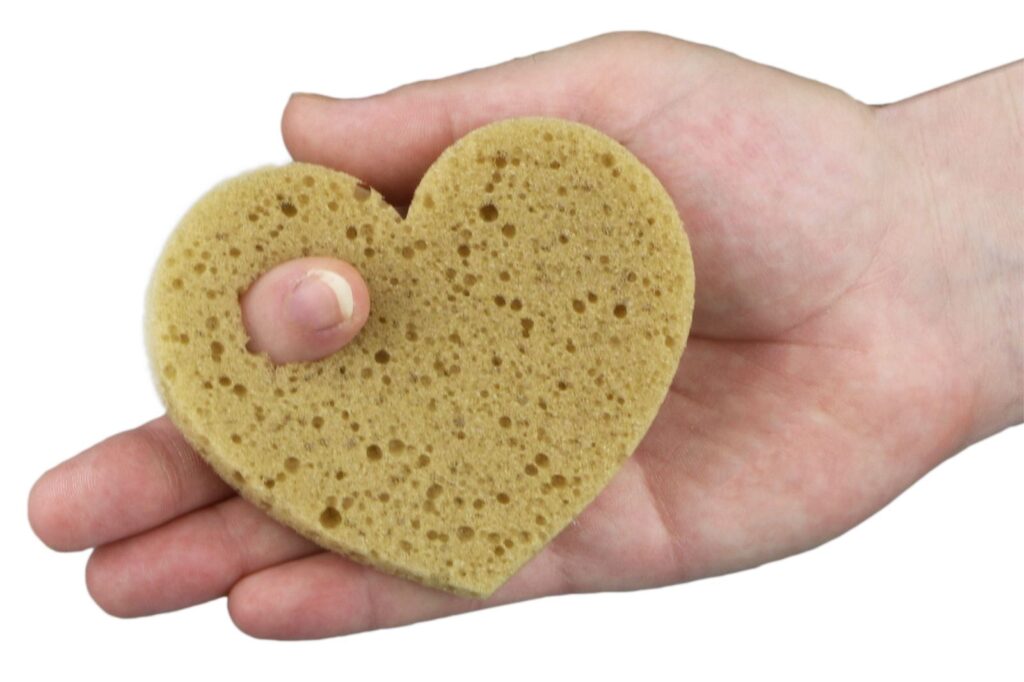Dogs and cats know natural methods of keeping themselves clean without bathing, but their effectiveness varies from animal to animal. Cats use the rough texture of the tongue to remove dirt, while dogs roll in sand or soil to stimulate the removal of excess hair and debris.
However, washing the dog or cat periodically is important.
How often and how to do it? It depends on several reasons.
When and how to wash your dog or cat
When to wash your dog depends on the breed, lifestyle and coat type. Even veterinarians and experts disagree on how often you should bathe your puppy; however, the American Society for the Prevention of Cruelty to Animals recommends, as a general rule, bathing your puppy every three months.
Actually, the correct answer is one: it depends on the dog’s habits.
Does he spend his days playing on the grass and in the mud? Or does he prefer to stay curled up and quiet indoors? The coat also has an influence: medium- and long-haired dogs should be bathed every 4-6 weeks, while owners of short-haired dogs can wash their puppies every 1-3 months.
The important thing is not to bathe too much, especially thick-haired dogs such as Labrador Retrievers and Golden Retriever Siberian Huskies: excessive washing would remove the oil from the skin, which has an insulating function.
The frequency of washing the cat also depends on several factors, starting with age and ending with lifestyle habits. Kittens should be washed every three days, as they tend to get dirtier; when they are a year old or older, bathing can be done every 1-4 months. Long-haired, medium-haired cats that like to spend a lot of time outdoors require more attention than short-haired and domestic cats, which may need a bath less often. Very active cats need more frequent bathing because they soil themselves faster and more efficiently, while kittens that cannot or do not take care of themselves need to be bathed so that their fur does not become greasy or sticky.
The difference between bathing the dog and bathing the cat
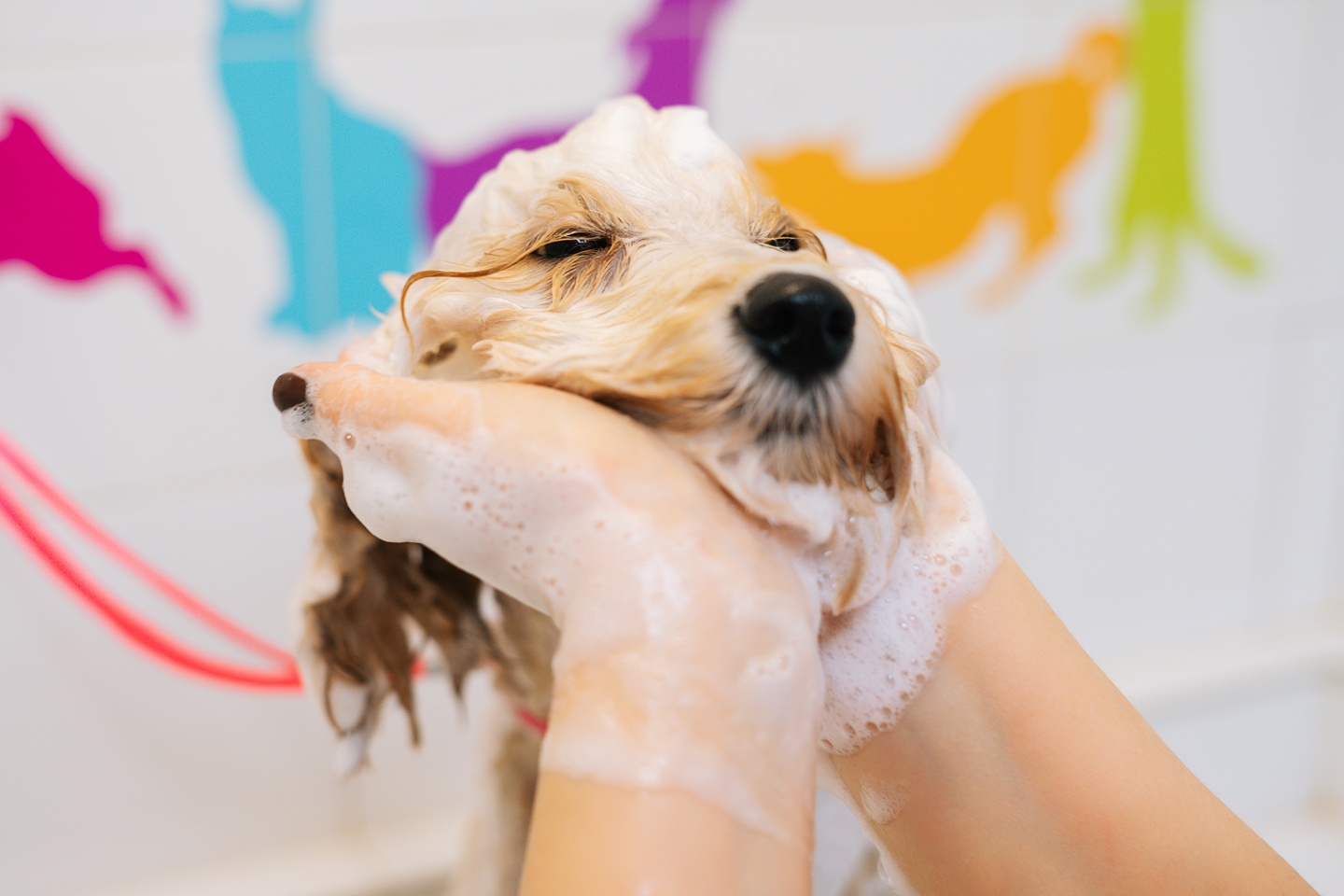
Bathing the dog and the cat are different experiences because of the differences in the nature and behaviour of the two animals.
Dogs, in general, are more inclined to tolerate water than cats (some breeds even like to swim). However, many puppies may be nervous or anxious when bathing, especially if it is their first time. Most cats, on the other hand, do not like water and may be stressed or frightened during bathing.
Furthermore, dogs require bathing more frequently than cats, especially long-haired breeds, as they tend to accumulate dirt and odours more quickly. On the other hand, cats are known to be very diligent in their hygiene: in many cases, they can clean themselves, and bathing is rarely necessary.
The methods are also different. Bathing a dog may require a relatively large bathtub or shower and specific products for cleaning dogs, such as shampoos and conditioners. Bathing cats can be more complicated because of their aversion to water. Some cat owners prefer to use wet wipes or dry powders specially formulated for cleaning cats, reducing the need to immerse the animal in water fully.
Products and equipment for your pet’s bathroom
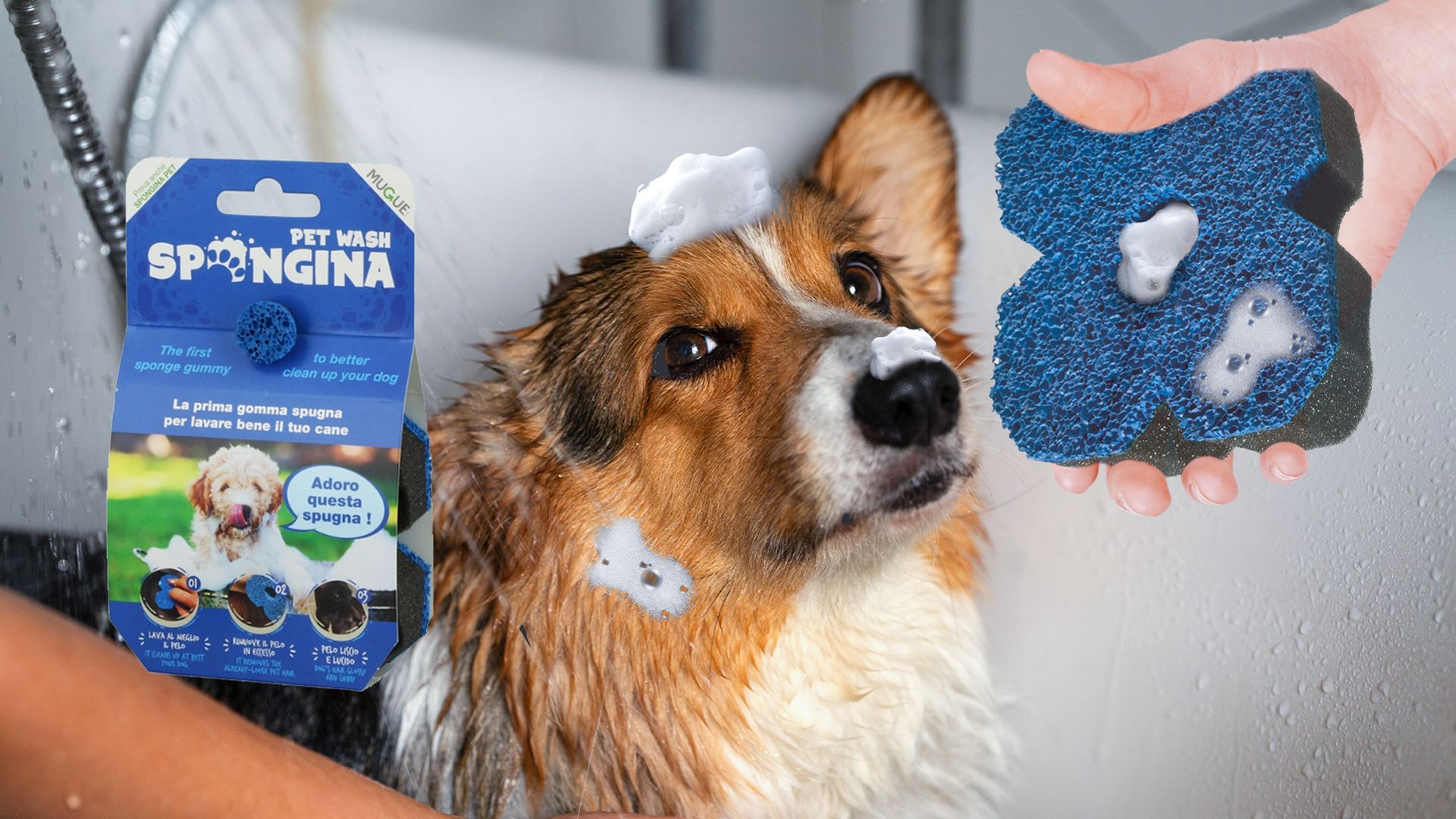
Before bathing your dog or cat, if you have never done so, the advice is to consult your vet on the best products to use.
In general, it is essential to choose a specific shampoo: dogs and cats have a different skin pH than humans, so our products cannot be used on them.
The ideal cleansers are gentle, with special care in case the animal has a skin disease.
For dogs, along with the shampoo, you can use Spongina Pet Wash, which is made of natural rubber and expanded polyurethane resin. After softening it under running water, pour a few drops of shampoo into the central hole and wring it out to develop foam: this way, the amount of detergent to be used is reduced!
In addition to detergents, sponges are handy. Spongina Pet, used directly on the pet’s coat, performs a deep massage that removes already detached hair, helping keep the home clean.
How to avoid stress during bathing
If you have a cat, proceed like this:
- ask another person to help you, preferably someone who knows and appreciates your cat and who can hold him while you wash him;
- Cut the cat’s nails with a nail clipper before attempting to bathe him: most cats will try to get away, and keeping the nails trimmed helps reduce the amount of scratching that you can receive;
- brush the hair with a brush to untangle tangles before starting the bath: if knots are present, wetting them will only make them tighter;
- use a towel on the bottom of the bathtub as a bath mat so that the kitten can get a good grip on the surface;
- use only a few centimetres of water and keep the temperature lukewarm;
- use a shampoo specifically for bathing cats: products for humans can be toxic or harmful;
- Pay close attention to the cat’s head and avoid getting water into its eyes, ears or nose;
- use a soft cloth to soap it, and rinse well with lukewarm water until all the soap has come out of the fur;
- speak to the cat in calm, relaxed tones;
- Dry it with a towel and then take it to a warm room without running air (if the cat has long hair, you may have to comb it while drying).
If you have a dog instead, here are some valuable tips:
- create a quiet environment and give him a treat to let him know that bathing is fun;
- Use a shallow tub with a non-slip mat;
- Depending on your dog’s size, take him into the tub or encourage him to go in alone: if he is hesitant, use a treat, not force;
- Keep calm and use a quiet tone of voice to reassure him;
- make sure that the water temperature is comfortable: it should not be too hot but not too cold either;
- use a moisturising shampoo that does not irritate the dog’s skin and coat, preferably after consultation with your vet;
- Pay particular attention to the muzzle: do not pour water on its head, and be incredibly gentle around the ears;
- Once finished, take the dog out of the tub and dry his body with a soft towel, giving him extra cuddles.
Tips for keeping your pet clean
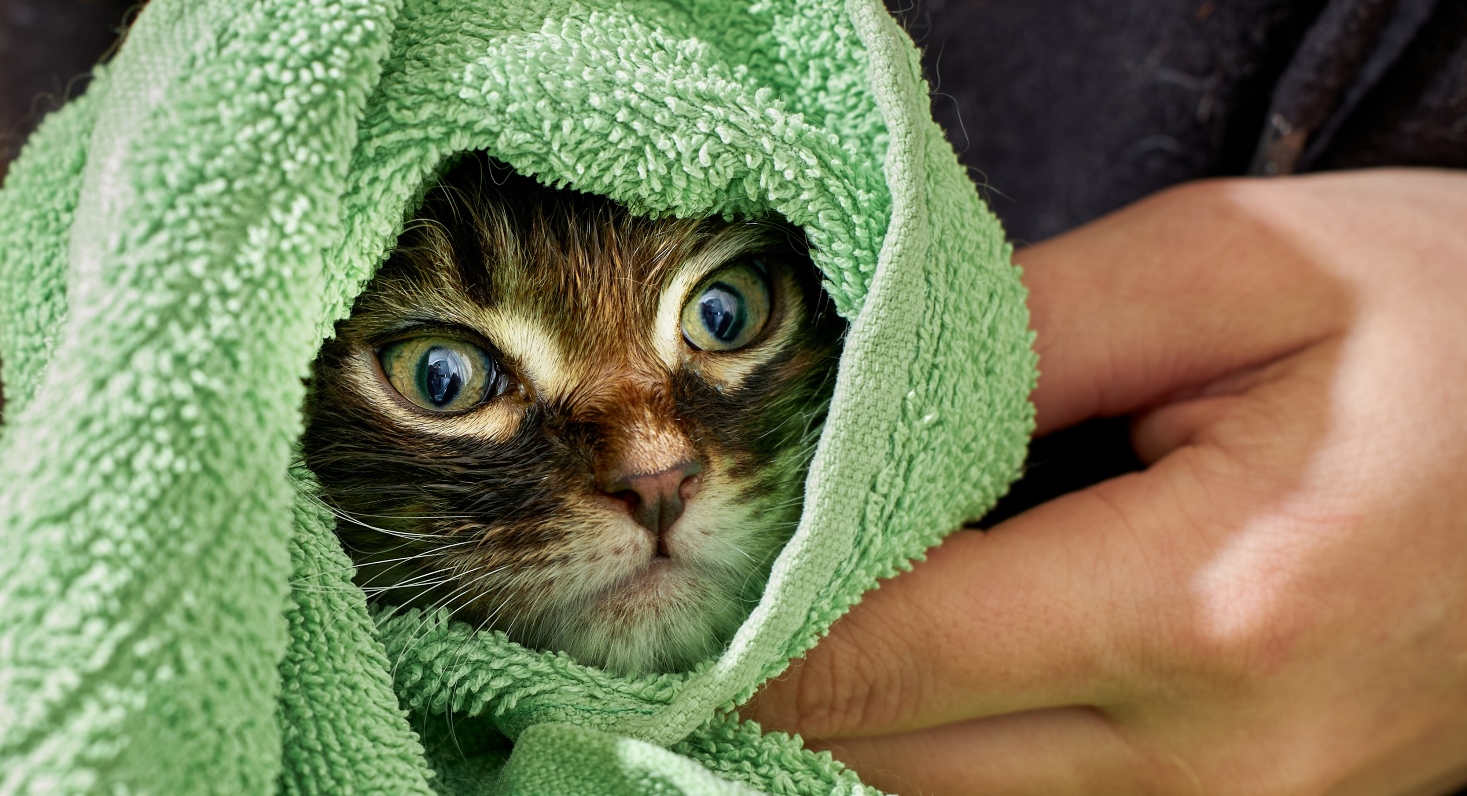
Keeping your pet clean is essential to ensure its well-being and reduce the risk of health problems. How to do this? Brush it regularly to remove dead hair, dirt and any knots (the frequency of brushing depends on the length and type of hair). When necessary, bathe the animal, using only specific products and following the instructions above.
Clean your dog or cat’s teeth regularly to prevent dental problems: use toothbrushes specially designed for pets or other products recommended by your vet. Check and trim its nails regularly to prevent them from becoming too long, causing discomfort and mobility problems, and clean its ears to avoid infections. Another important action is parasite control: keep your pet free of fleas, ticks and worms by using vet-recommended antiparasitic products and regularly checking his coat and skin.
If you have a cat, keep its litter box clean: remove the litter regularly and change it when necessary.
Finally, provide your pet with a balanced, high-quality diet: good nutrition contributes to healthy skin and coat.

Mugue Marketing Manager.
I love new ideas and continually looking for new communication strategies to never stop learning, after all, “If you’re a good marketing person, you have to be a little crazy.” (Jim Metcalf).

